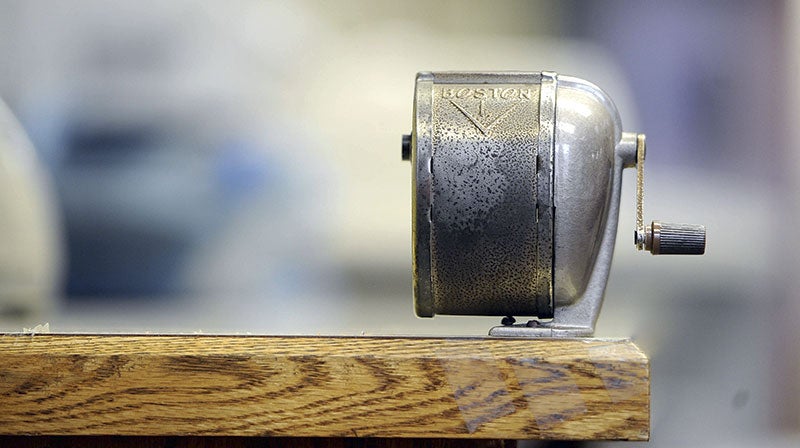U of M a key partner for ag industry
Published 9:24 am Wednesday, May 21, 2014
By Eric W. Kaler
President of the University of Minnesota
If this weekend’s forecast holds true, the planting race is set to begin across the state. Yes, spring has finally sprung, warmly reminding me that the University of Minnesota’s roots and mission are inextricably bound to our state’s agricultural heritage and future. Here are examples from just the past few days.
We’re an engaged partner: We named a new dean to lead our College of Food, Agricultural and Natural Resource Sciences and the Minnesota Agricultural Experiment Station. Dean Brian Buhr is already known to many in the ag community for his expertise in commodity marketing, and he’ll work closely and actively with current and prospective students, small and large agriculture companies, and our faculty and staff to strategically address the requirements for the next generation food and agriculture workforce. System-wide, about 2,000 of our students are majoring in ag-related disciplines.
We celebrate community leaders: We awarded the prestigious Siehl Prize For Excellence in Agriculture to three distinguished Minnesota ag leaders. Richard Magnusson, of Roseau and the Minnesota Turf Seed Council, has been instrumental in developing a growing grass-seed industry, which contributes more than $100 million annually to the northwest Minnesota economy. Tom Rosen, of Fairmont, has transformed his small family livestock business into Rosen’s Diversified Inc. a $3.5 billion a year operation with a work environment that — like the U — values collaboration, innovation and support of local communities. The third Siehl Prize winner is our own Extension Professor of Climatology, Mark Seeley, known to producers across the state for his on-the-ground insights into weather patterns and to many Minnesotans for his on-the-air radio commentary.
We advance ag initiatives: We partnered with the state to create a new $4.86 million Terrestrial Invasive Species Research Center and take the lead in tackling the critical challenge of invasive plants and animals. We have been tapped by the state to lead critical research into prevention and cures for the alarming Porcine epidemic diarrhea virus, or PEDV, as well as the challenges facing our honeybee populations. And, under the “Forever Green” initiative, we’re excited about conducting research into the next generation of year-round crops.
As farmers and agri-business leaders rise early and work late in the weeks to come, we at the University of Minnesota embrace our enduring commitment to Minnesota’s agricultural community.


